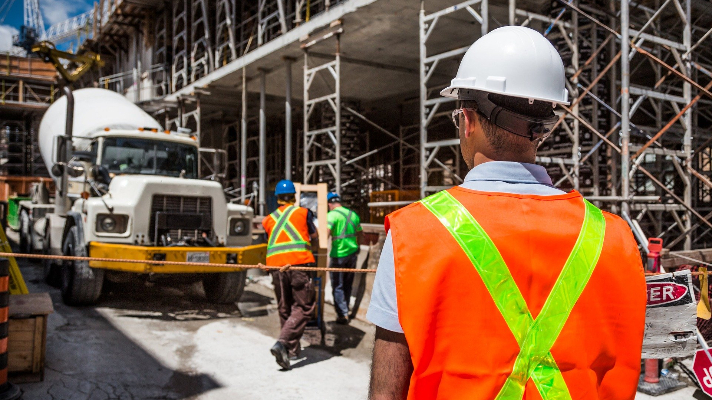Does your Construction Project Pass the Stormwater “Eyeball Test”?
No construction company wants to receive a fine or stop work order because their site is out of compliance. Often, additional scrutiny on construction sites comes because of what a passing citizen or regulatory official sees. By making sure your project passes the “eyeball test” of stormwater compliance, you can reduce the risk the extra attention may bring to your site. Considering how costly fines and stop work orders can be, any compliance efforts or practices to prevent concerns, complaints, or scrutiny that quickly surface from non-compliance are worth it.
So what are the “eyeball test” items?
#1 – Post a Site Notice
Be proactive and show that your site is properly managed by ensuring a Site Notice is posted on your site that clearly indicates the site is covered by an NOI and other necessary permits. Always remember, obtaining a permit is the number one thing you can do to be SWPPP compliant. Make sure to start your project off right by meeting the posting requirements for your state.
#2 – Keep exit points and streets clean
Everyone working on your project should be taught that having dirt tracked outside of your project or down the streets is not good. Implement regular sweeping, make sure your subcontractors are held responsible, and make sure someone on your site is conducting ongoing informal visual inspections to stay on top of things. Maintain this simple standard each day and your sites will be well on their way to staying compliant.
#3 – Adequate inlet protection that is clean and in good repair
Remember, inlet protection is a secondary BMP in case your primary BMPs fail. Primary BMPs include your perimeter or slope protection such as silt fence, straw or coir wattles, or cut back curbs as well as concrete washouts and similar controls. Fight the battle uphill of the problem by keeping sediment from getting to the storm drain inlets in the first place. If you can keep your primary BMPs functioning and in good shape, your inlet protection will be much easier to manage. If you can accomplish this, you will be ahead of the game.
#4 – Perimeter boundary controls correctly installed and properly maintained
Perimeter boundary controls that are installed correctly, properly maintained, and keeping runoff and pollutants from leaving your site boundary will give confidence to any interested onlookers. The goal is to have the concerned citizen or regulator look at your silt fence and say, “wow, look at that quality installed silt fence!” These controls are a required expense, so installing them correctly the first time will save you time and money over the long term.
#5 – Pollutant controls in place and properly maintained
Pollutant controls are common sense but often are overlooked on impervious surfaces or in storage areas. Show proper pollutant management by staking your toilets, providing secondary containment for materials that may flow or be carried by water, and having stabilized approaches to concrete washouts. The ultimate goal is to keep pollutants contained, cleaned up, and tidy.
By: Ryan Dickson

